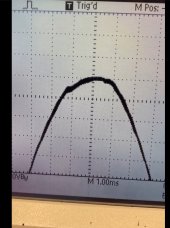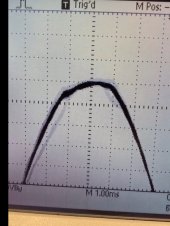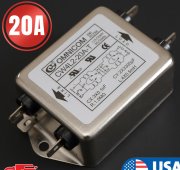Quattrohead
Solar Wizard
No the SP6548 6.5kw HF inverter.So your inverter is the low frequency inverter by Sungoldpower? I have been looking at them but not sure how well it works.
I also have a Growatt 6kw LF inverter.
No the SP6548 6.5kw HF inverter.So your inverter is the low frequency inverter by Sungoldpower? I have been looking at them but not sure how well it works.
I don't think that is an option in most USA homes as the lighting circuits are connected to the room outlets in most cases. However, in a new build that is definitely the way to go and I will be doing that.What about a small dedicated pure sine wave inverter just for lights? I suspect every light in your house adds up to less than 300 watts
I am not sure about Growatt, I feel they are a separate copy cat company, but yes the EG4, LV6548, SP6548, Sophos 6548 etc are all the Axpert-MAX-7.2K Interesting to note the 240v version comes with the 500v PV inputs so EG4 must have persuaded them to add that MPPT into their EG4.I was under the impression that Voltronic made Growatt, MPP, the EG4 units and SunGold Power. https://voltronicpower.com/ Would also make sense since they offered to swap the unit for something from one of the other names above.
At the start when showing calibration of the probe, at first I was connected to the inverter and it was putting spikes on the square wave, so I connected the scope to the house supply. If all 3 of my inverters are wired the same way off grid, why do 2 give lovely sine waves and the 6548 a horrid mess ?What is the power source for the scope? Needs to be a separate pure sine clean source.



I tried using an Xstar V4 18650 charger off the inverter a few days back but the transformer was letting out a whine and the display was flickering. Switched it back to bypass, no issue. Just going to leave it there until we get an answer from Sunpower. Most other ac/dc chargers I tried worked just fine though. Charged a few Ego batteries off it no problem. Feels like a waste having the 48v pack charged and pv available but not using it. At least the lawnmower and trimmer will be running off sun juice.General waveform distortion no, but those spikes could cause a power supply transistor to conduct more and cause a spike in the regulated output.
I'm thinking supply chain and labour issues are causing corners to be cut in order to deliver goods.


